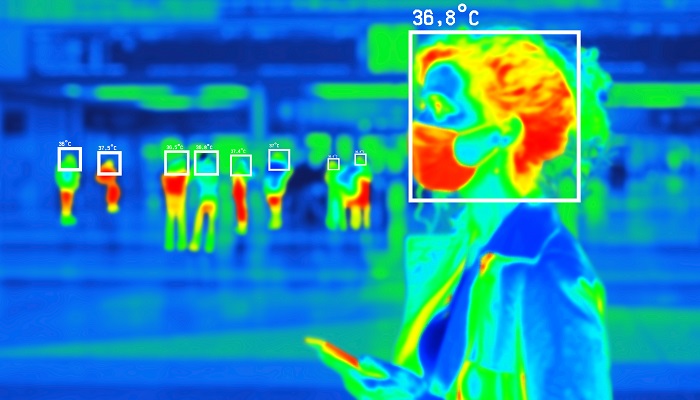In the smart healthcare era, infrared imaging happens to be making phenomenal grounds for itself by way of patient monitoring. This advanced technology happens to offer non-invasive, precise, as well as real-time health data, thereby making it a pretty valuable tool when it comes to healthcare providers and patients.
Making the remote patient monitoring much better
Infrared imaging enables for a continuous tracking of patients sans the requirement for physical contact. This happens to be especially advantageous for patients with chronic conditions, those needing intensive care, and, of course, the elderly. Through detecting variations in temperature as well as physiological changes, infrared imaging happens to give out critical data, which can as well indicate potential health challenges before they go on to become challenging and severe.
Temperature monitoring that’s non-invasive
It is well to be noted that one of the major applications pertaining to infrared imaging within healthcare happens to be temperature tracking. Fever is a pretty common symptom of numerous illnesses, and an exact measurement of temperature is indeed critical when it comes to diagnosis and treatment. Interestingly, infrared thermography can, in a quick way as well as precisely, go on to detect skin temperature change, thereby enabling early detection in terms of infections and inflammatory conditions. Such a non-invasive method is specifically very useful when it comes to tracking patients remotely, thereby reducing the requirement when it comes to hospital visits and at the same time minimizing the infection risk.
Detection of Vascular as well as Circulatory Issues
It is worth noting that infrared imaging can go on to enable the detection of vascular as well as circulatory issues. Through capturing the heat patterns on the skin, it can go on to reveal abnormalities within the blood flow as well as vascular health. This is indeed pretty useful for those patients who have diabetes or other peripheral artery disease. The fact is that the early detection of such kind of challenges helps with timely intervention, thereby potentially safeguarding against complications such as ulcers or even amputations.
Tracking the respiratory conditions
A respiratory condition like say a COVID-19 can be tracked in an effective way through infrared imaging. The alterations in respiratory rates as well as patterns can be gauged by way of thermal imaging, therefore helping healthcare providers monitor the progress of the diseases and alter treatment plans accordingly. This technology makes sure that the patients go on to get timely care, hence better the outcomes as well as diminish the healthcare facilities burden.
Enhancing the comfort and compliance of patient
It is worth to note that the non-invasive nature when it comes to infrared imaging happens to enhance the comfort of patients as well as compliance. The fact of the matter is that traditional monitoring methods can indeed be very uncomfortable as well as intrusive, thereby leading to dissatisfaction within the patients and even non-compliance. Infrared imaging happens to provide a comfortable choice, therefore encouraging the patients to keep in sync with the tracking protocols and, at the same time, making sure of a precision-led data collection.
Finally
Infrared imaging undoubtedly happens to be a game changer within the smart healthcare segment, especially in the gamut of remote patient monitoring. Its capacity to go ahead and offer real-time, precise, and non-invasive health data happens to make it a necessary tool when it comes to modern healthcare. Through elevating patient tracking, enhancing the early detection of health challenges, and elevating the comfort of patients, infrared imaging is carving a path for a healthcare system that’s more efficient and patient-led. Notably, as technology advances, its role when it comes to remote patient monitoring is bound to grow, thereby offering much bigger benefits to patients along with healthcare providers.


















